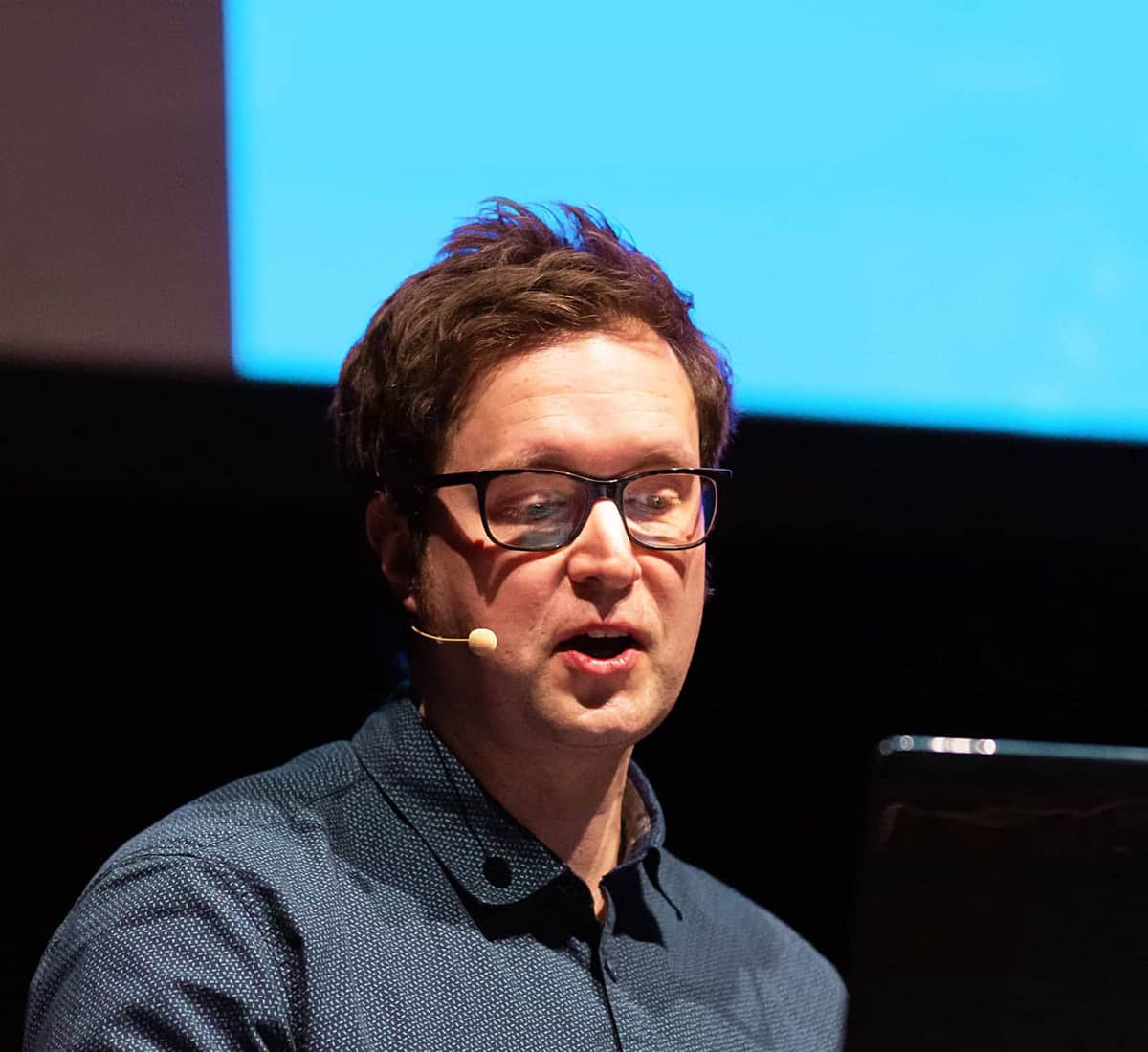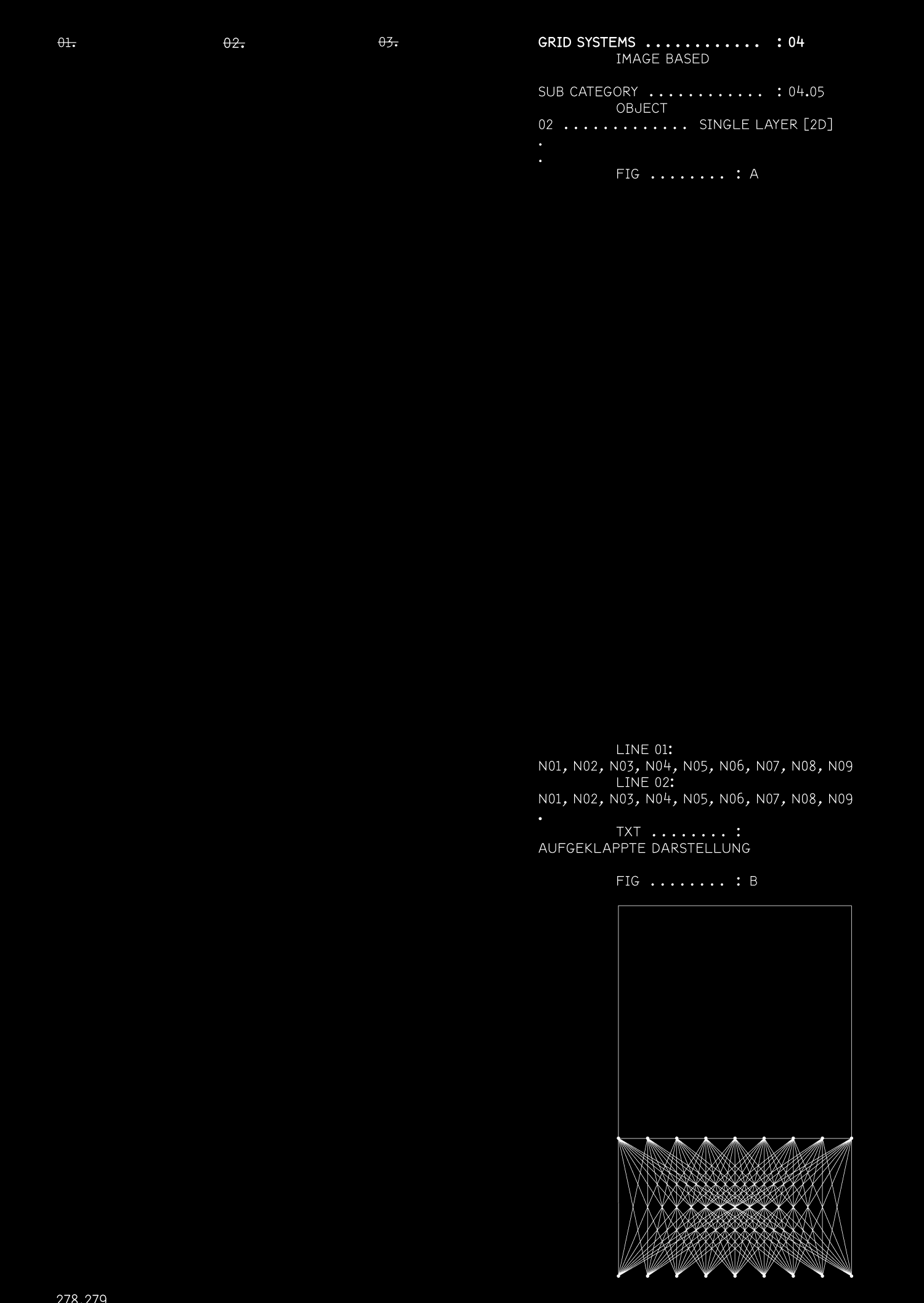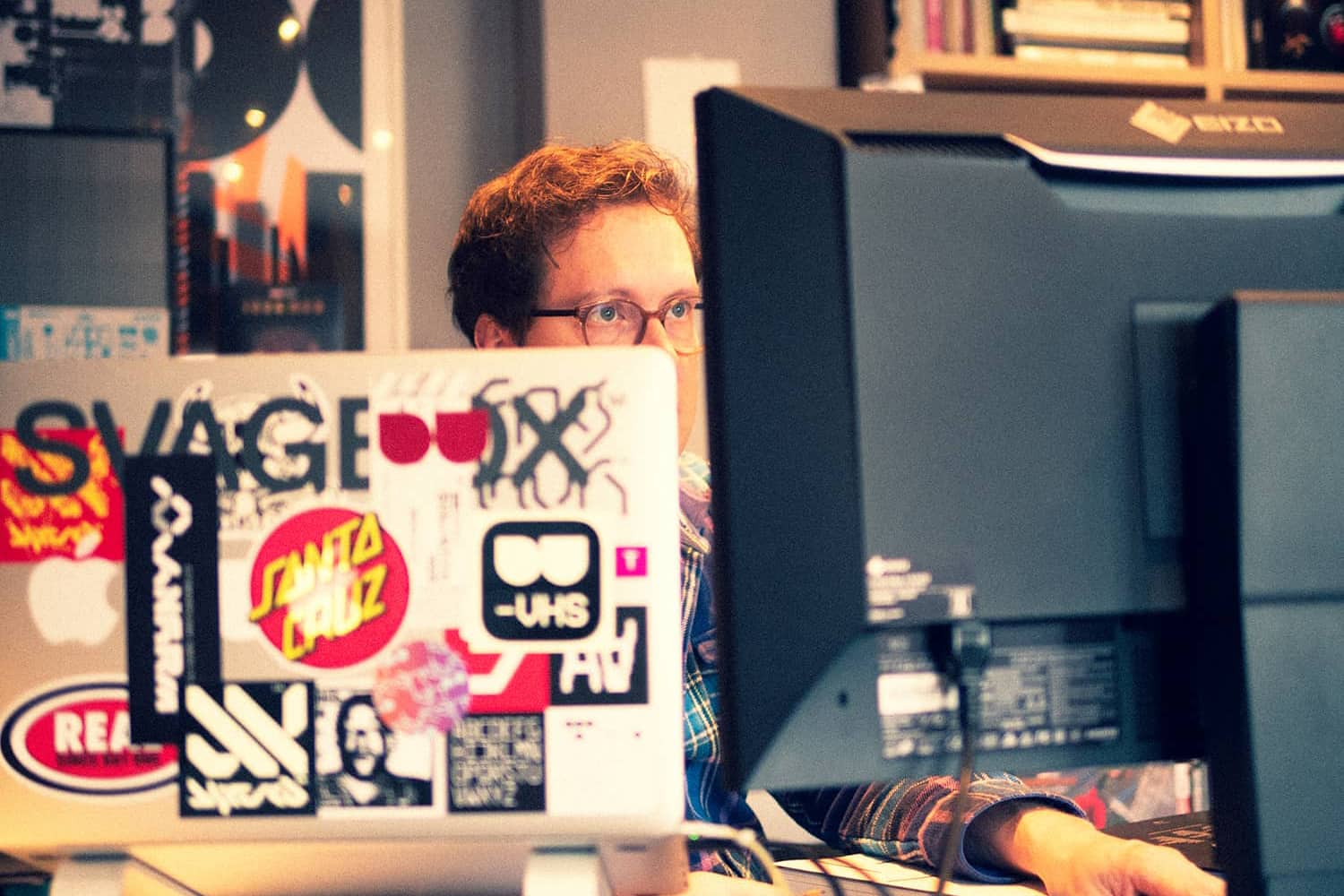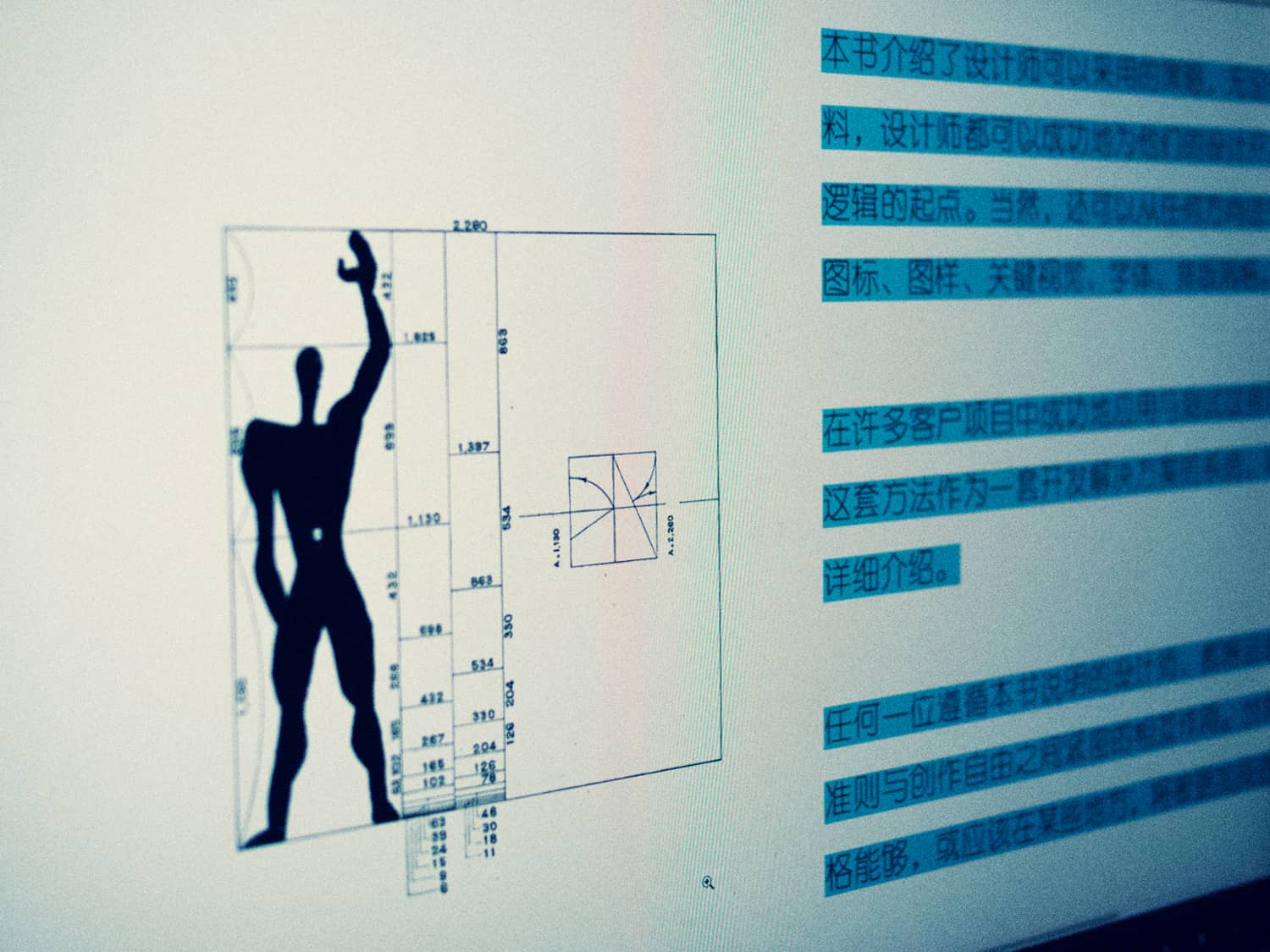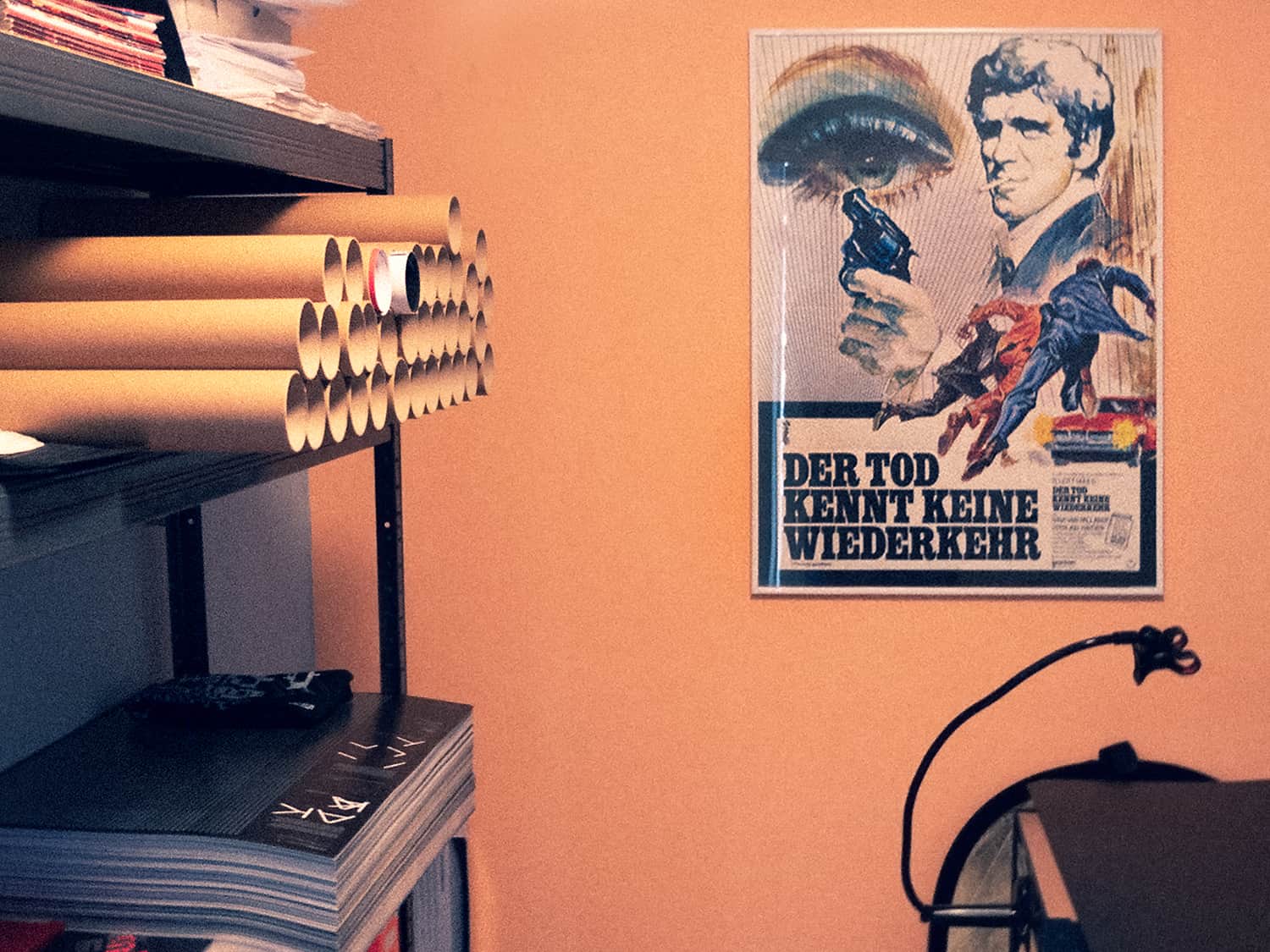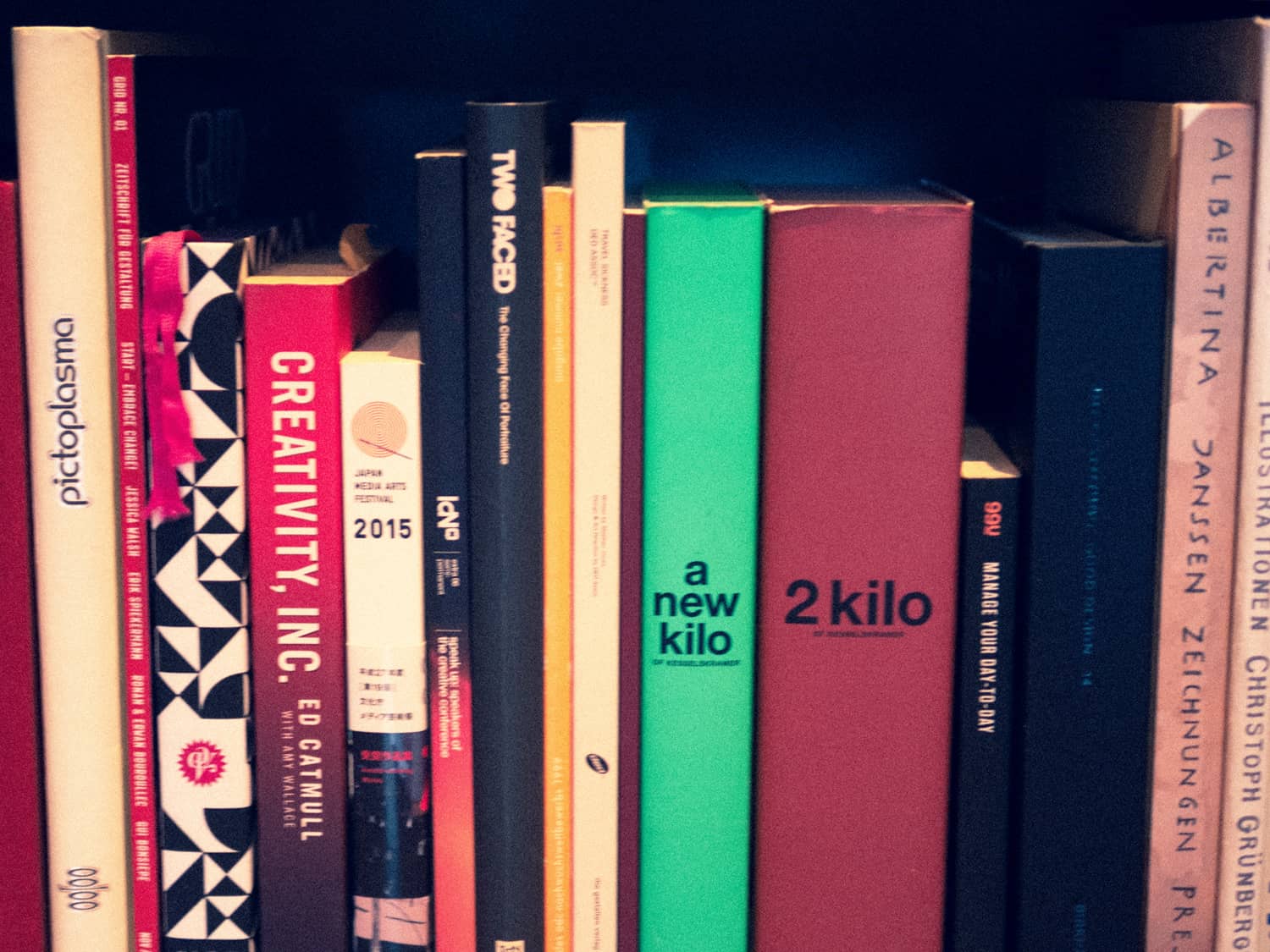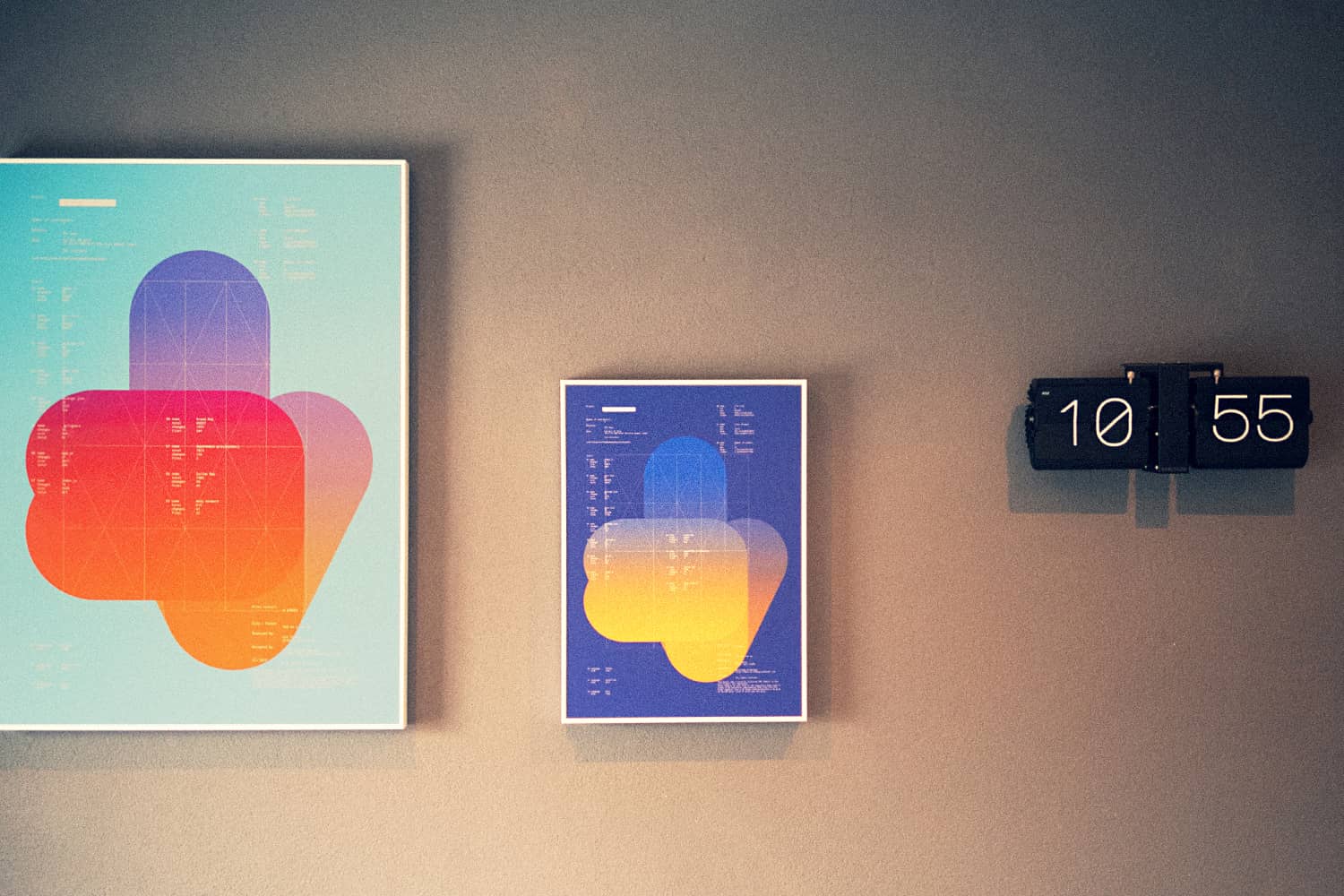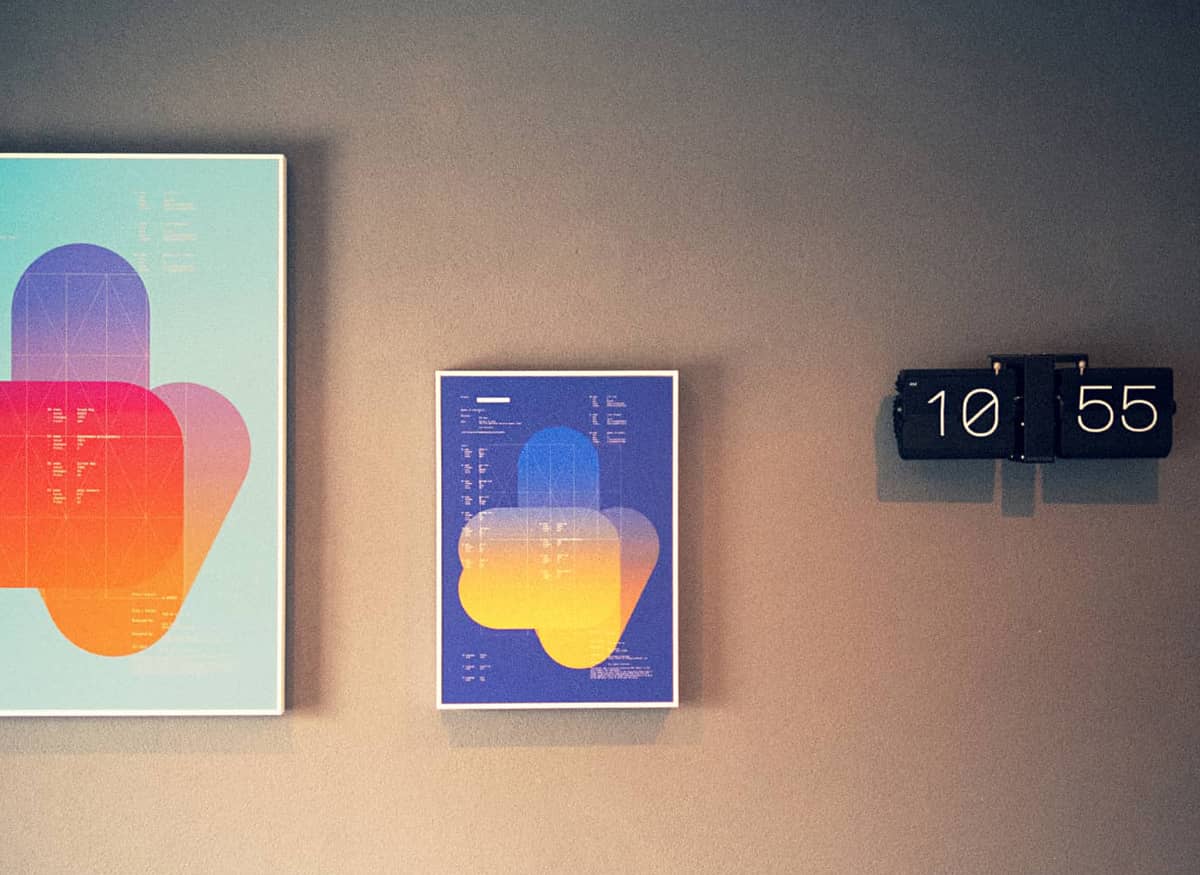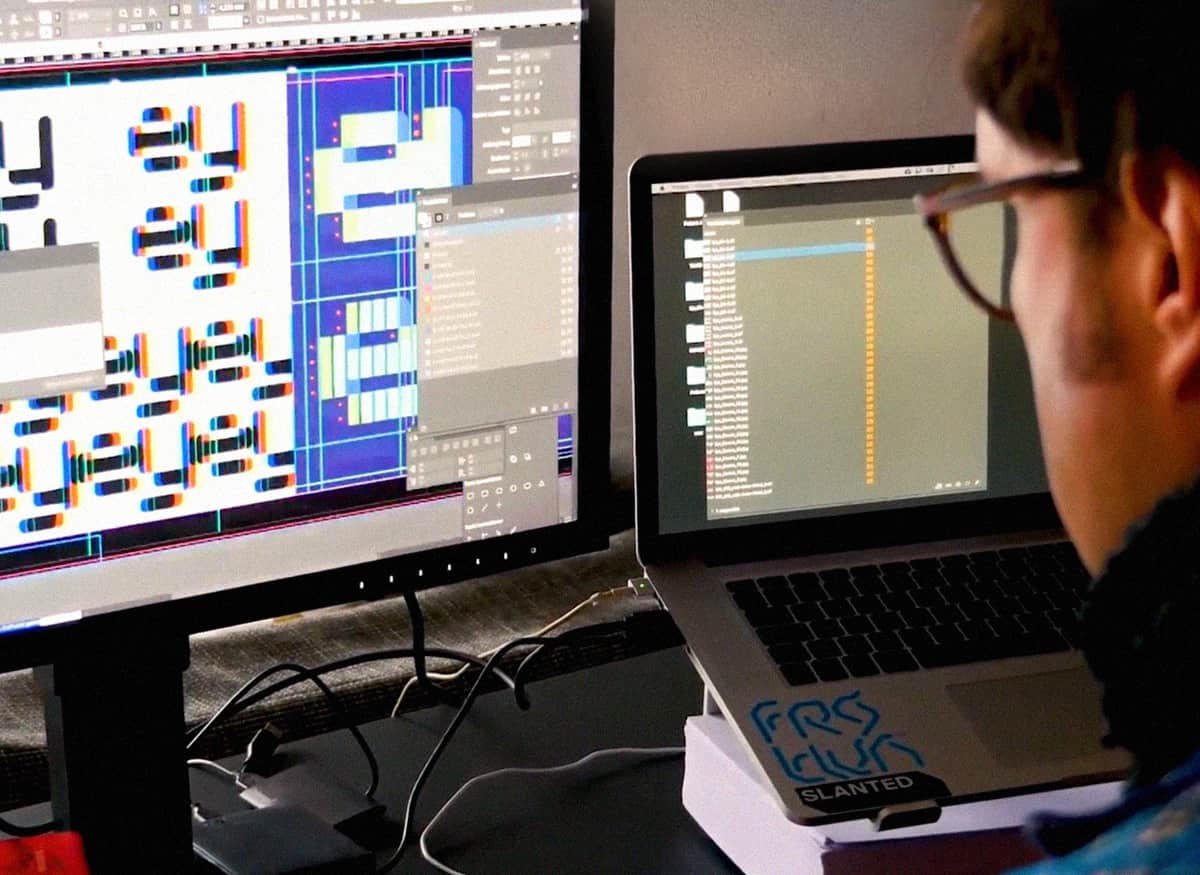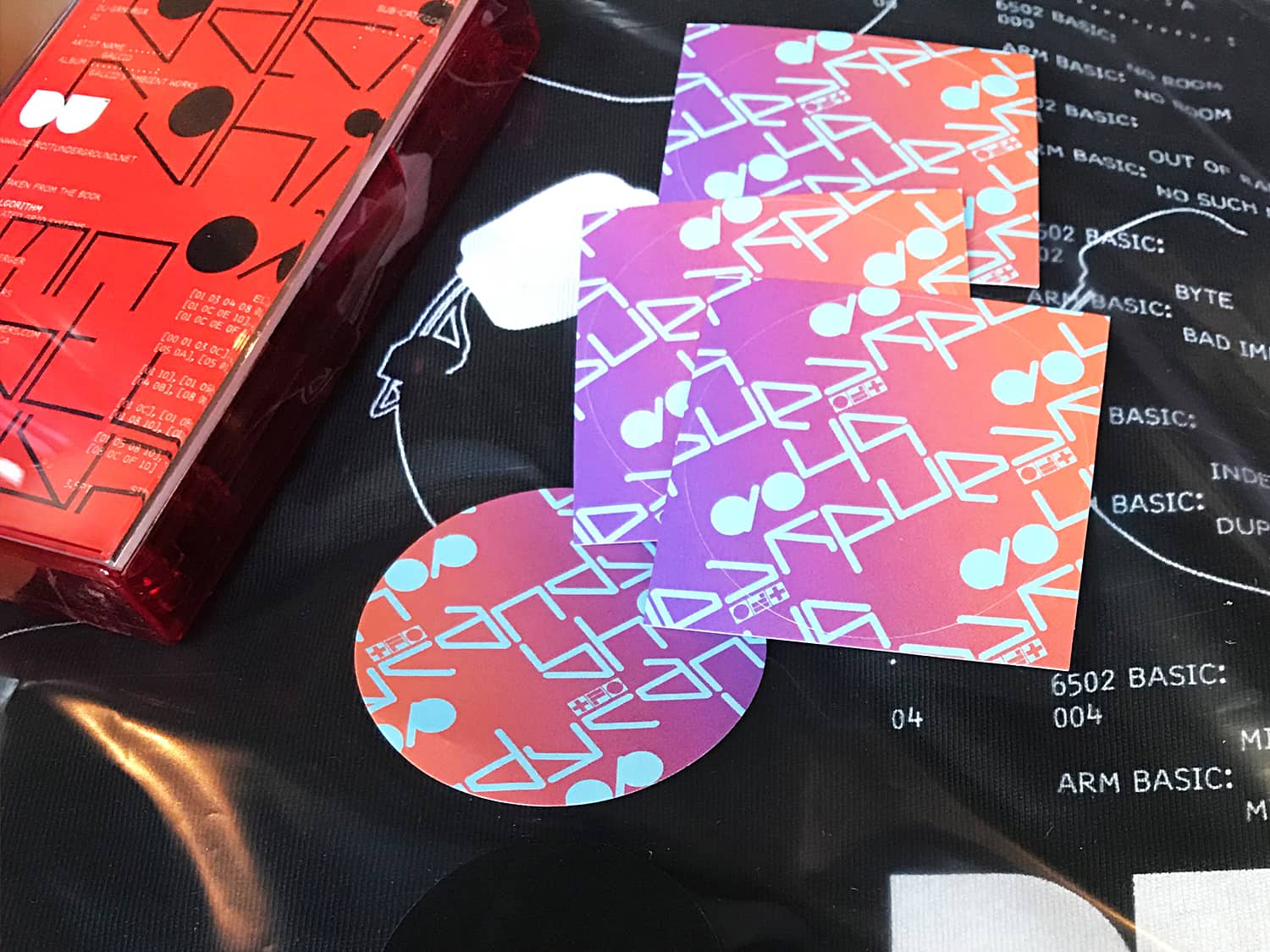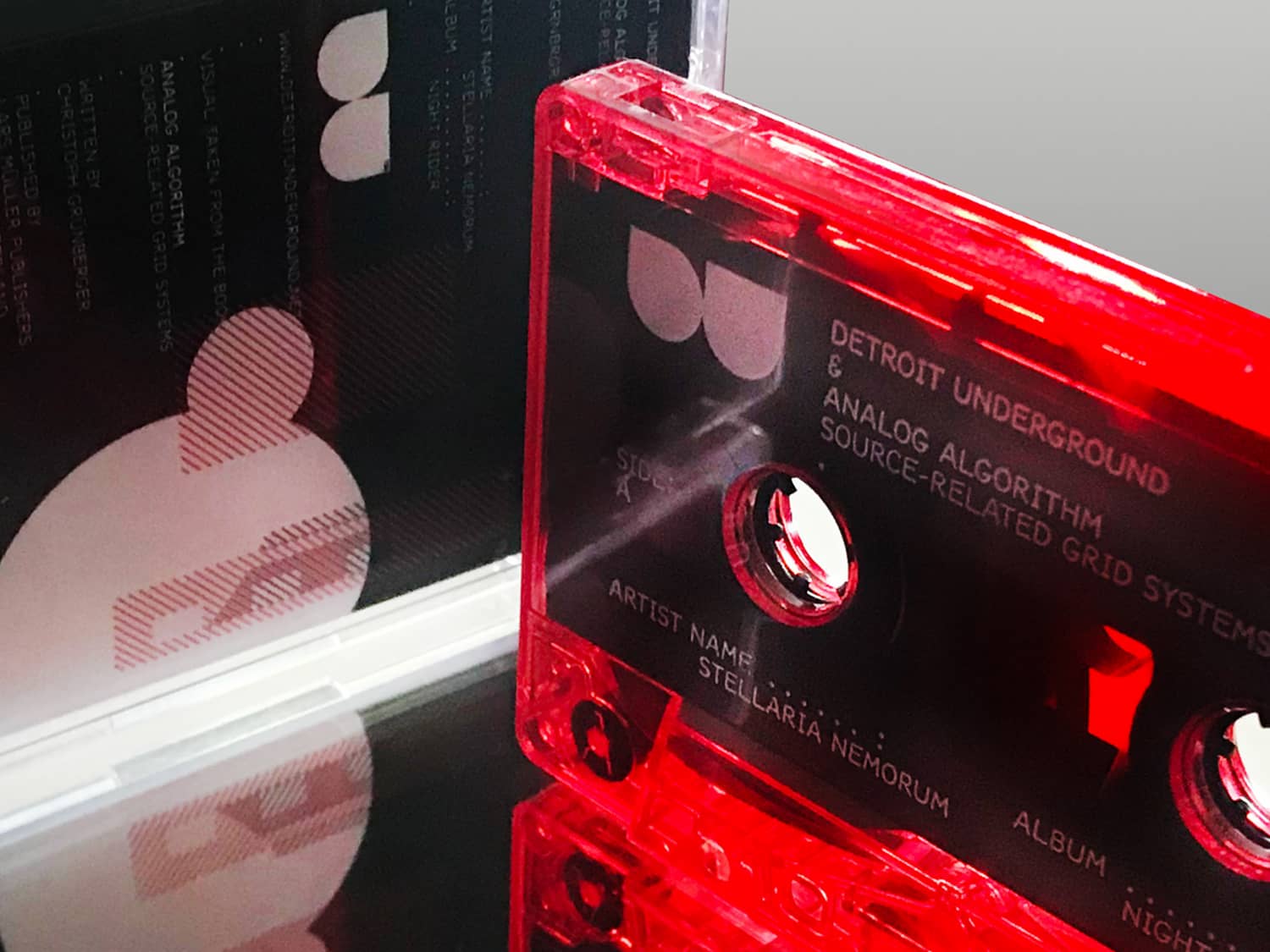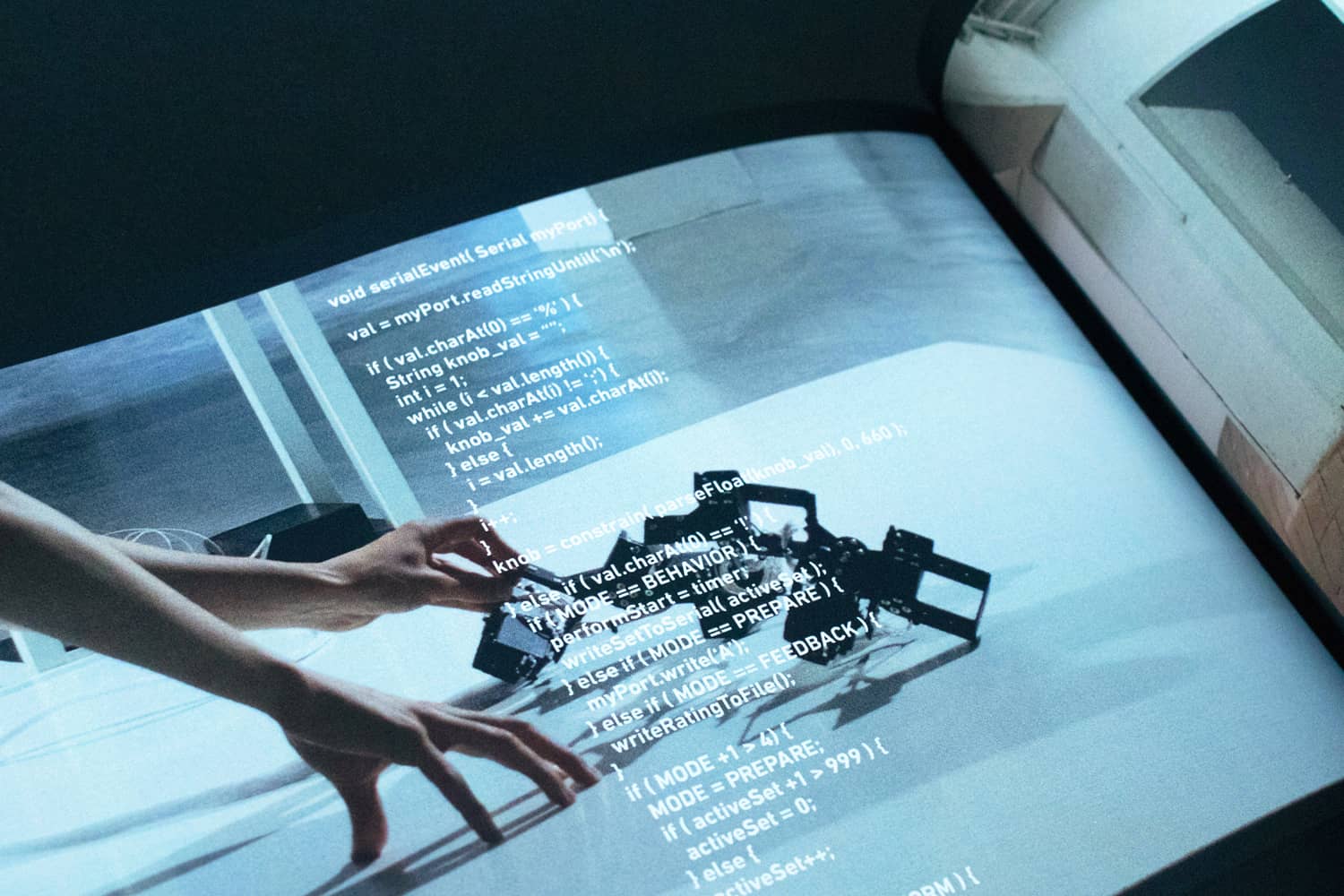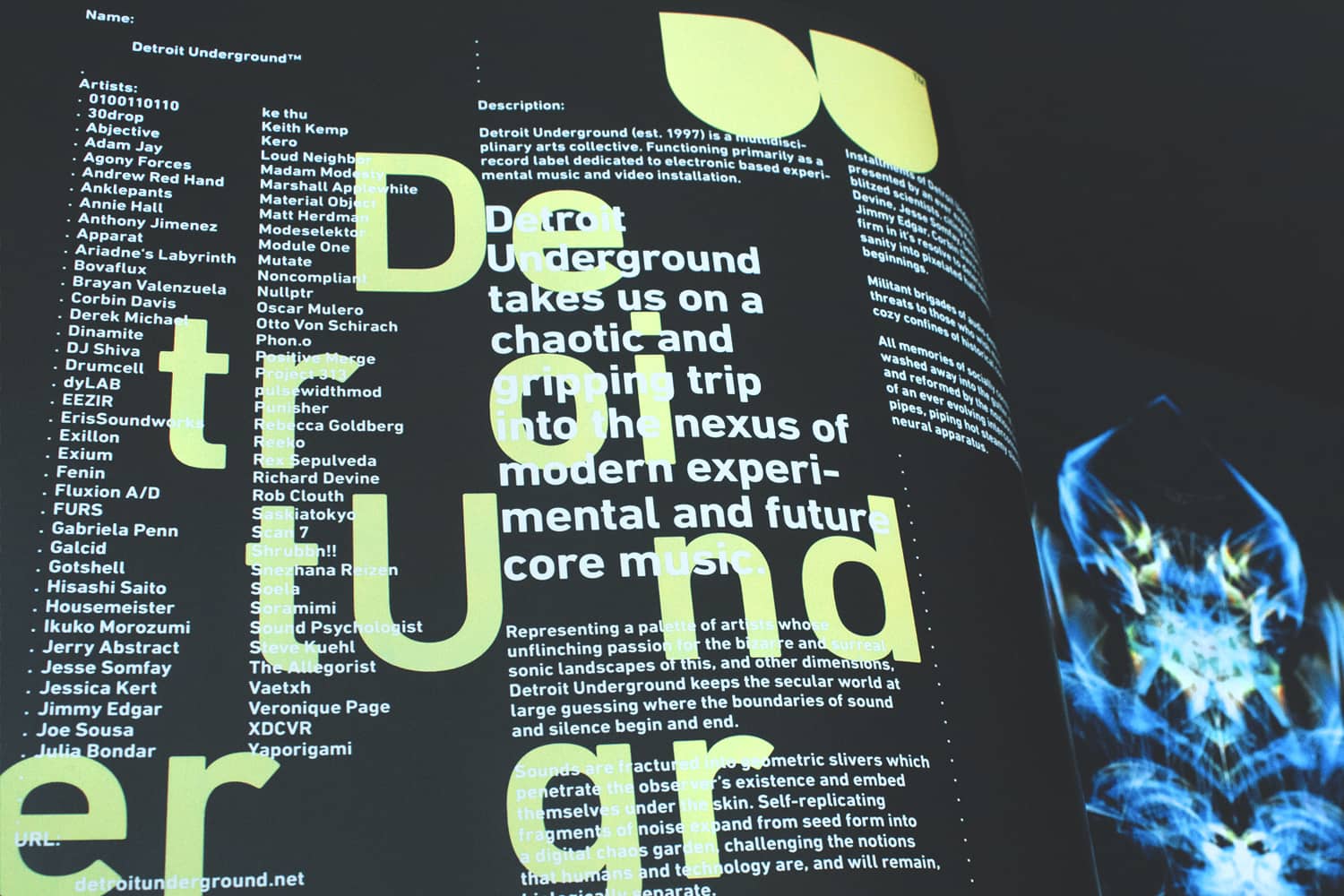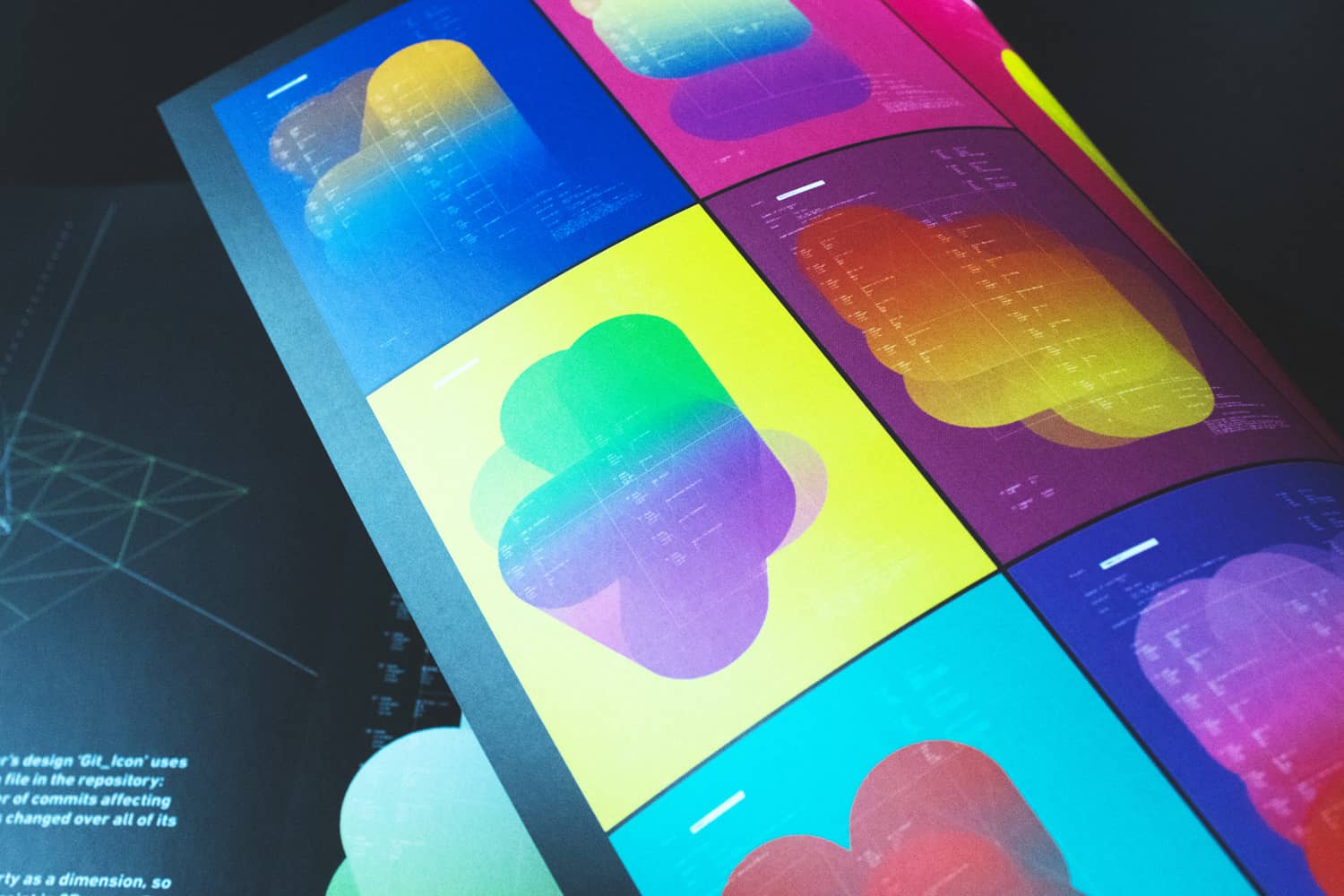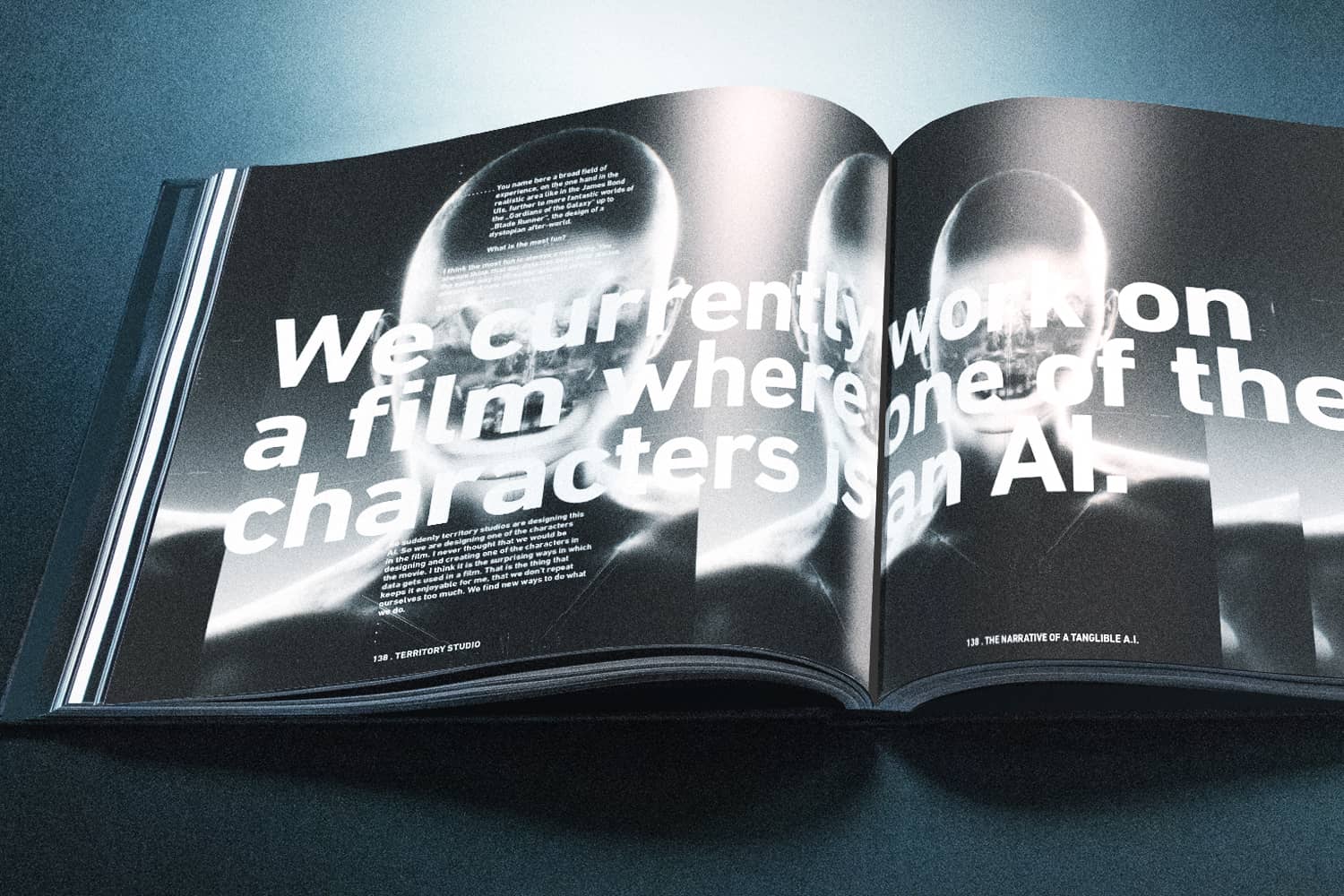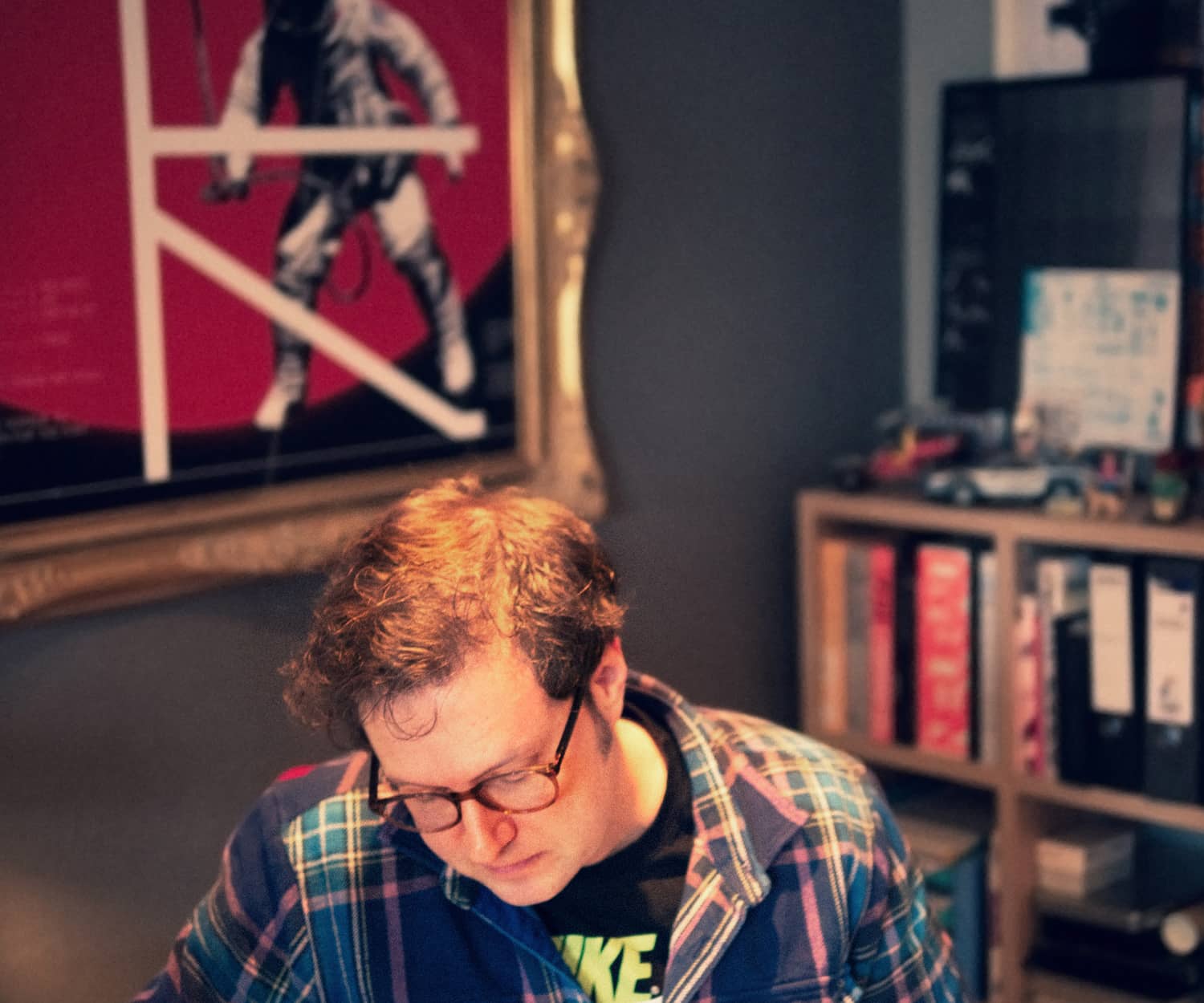Over the past two years, I have conducted interviews and discussions, planned and trashed, until a 400-page work is now on the table. Global pioneers of data-driven design share their projects and give behind-the-scene looks at some of the most genre-redefining work, providing insights and outlooks on how it influences our current and future reality.
"The Age of Data" looks at the benchmark of algorithm-based design, as if in a time freeze. Like already mentioned, 40 internationally renowned artists and designers from typography to 3D animation to stage design provide an eye-level view of their work. We see for the first time how these extraordinary projects came into existence, where the impulses came from and which obstacles and surprises there were during the execution.
From Refik Anadol to Tina Touli and Random International, the discourse is what new possibilities of expression this paradigm shift in design, now and in the years to come, will bring. "The Age of Data" is an image-heavy textbook, that shows the future of art and design in this day and age. It is an invitation to take the next step as well as a motivation to keep up with the ongoing data-based design evolution.
I am lucky to have found a partner in niggli publishers to realize this super interesting project with the support of
Kickstarter.
